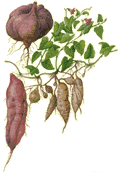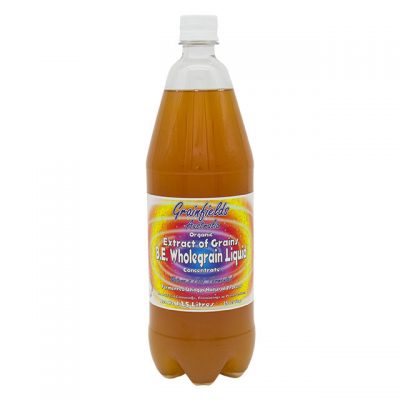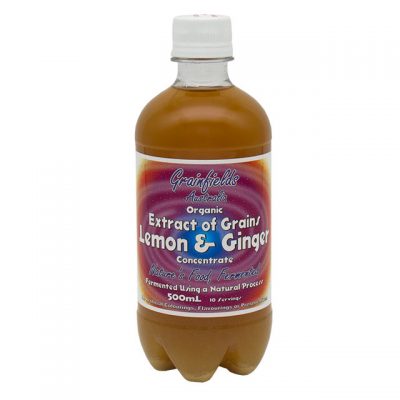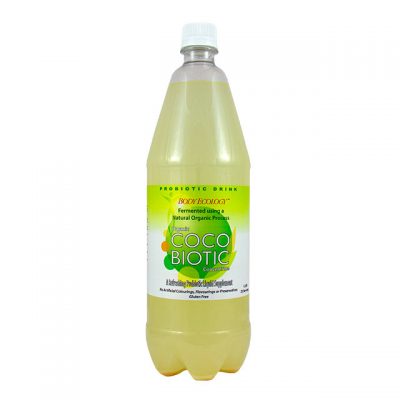Children are repeatedly reminded that vegetables are good for them, and that they need to eat their greens to grow up to be big and strong. This belief is upheld by nutritionists and doctors who have long recognised the value of vegetables in terms of the vital fibre, vitamins and minerals they provide.
In recent years, scientists have further reinforced the link between a diet containing plenty of vegetables and good health. The American Institute for Cancer Research estimates that as many as 40 per cent of all cancers in men, and 60 per cent of those in women, are linked to diet, while other authorities suggest an overall figure of 35 per cent. And several studies have confirmed that populations with diets that are rich in vegetables and fruit run a lower risk of cancer. There is much speculation as to how this protection comes about, and several non-nutrient compounds are among the potential candidates suggested by scientists. Phytochemicals – derived from the Greek word phyto, meaning ‘plant’ – is the term popularly used to describe these compounds.
Sweet Potato
 Sweet potato is classified as Ipomoea batatas.
Sweet potato is classified as Ipomoea batatas.
This large edible root belongs to the morning-glory family and is native to tropical areas of the Americas. There are many varieties of sweet potato but the two that are widely grown commercially are a pale sweet potato and the darker-skinned variety Americans erroneously call “yam” (the true yam is not related to the sweet potato). The pale sweet potato has a thin, light yellow skin and a pale yellow flesh. Its flavor is not sweet and after being cooked, the pale sweet potato is dry and crumbly, much like a white baking potato. The darker variety has a thicker, dark orange skin and a vivid orange, sweet flesh that cooks to a much moister texture.
Sweet potatoes are saturated fat-free, cholesterol-free, high in the antioxidant vitamin C, a good source of fibre, fat-free, high-potency vitamin A and are high in soluble fibre and resistant starch.
Broccoli
Broccoli is an edible green plant in the cabbage family whose large flowering head is eaten as a vegetable. It is low in kilojoules and high in fibre. Broccoli is also a good source of Protein, Vitamin E, Thiamin, Riboflavin, Calcium, Iron, Magnesium, Phosphorus, Vitamin A, Vitamin C, Vitamin K, Vitamin B6, Folate, Potassium and Manganese.
Spinach
Dark, leafy greens like spinach are important for skin, hair, and bone health. They also provide protein, iron, vitamins, and minerals.




